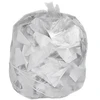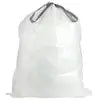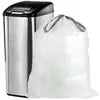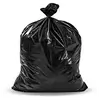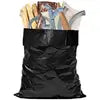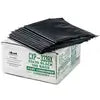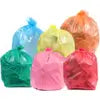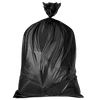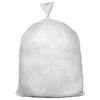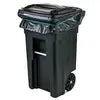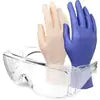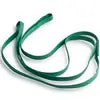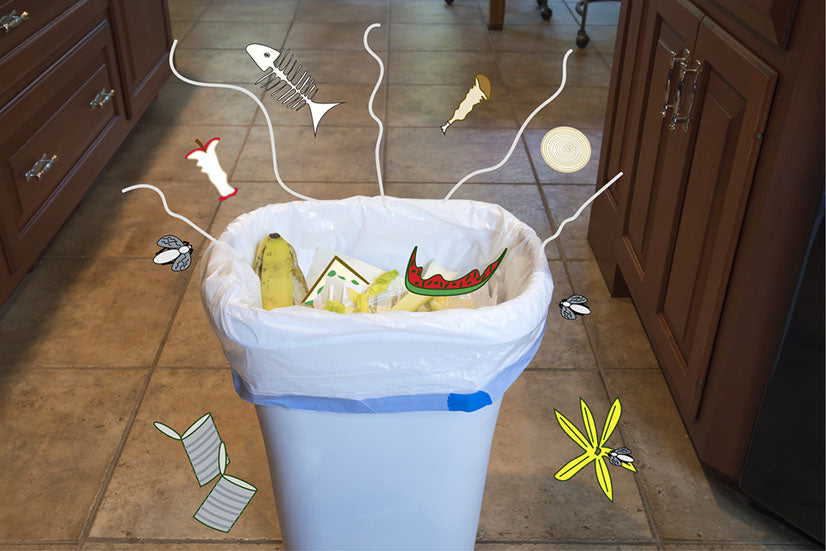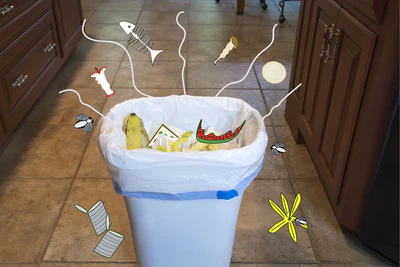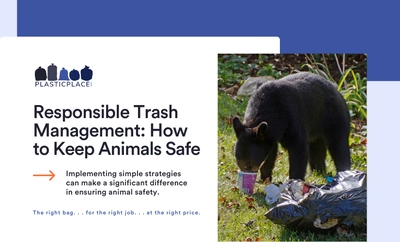Source: karenfoleyphotography/Shutterstock.com
When it comes to dinner...one man’s trash is... well...another fly’s dinner.
While we see our trash bin as the least appetizing part of our kitchen to flies, insects and other vermin, our trash bins are a mouthwatering buffet.
Flies in particular see our trash piles as mouthwatering buffets, so they’re happy to take up residence — not to mention grow their families — within our bins. One man’s trash is another’s dinner, right?
Though they’re relatively benign compared with some more destructive pests, flies are by no means harmless. They’re fast-traveling germ-spreaders who can bring dangerous bacteria into your home or business. In fact, studies show flies harbor more than 600 different kinds of bacteria, including pneumonia, blood poisoning, stomach bugs and more. Worst of all, flies like to use our trash cans as breeding grounds, leaving behind tiny eggs which grow into maggots. Read our guide on how to get rid of maggots in a trash can here.
Browse Our Options for 55-Gallon Trash Bags
Even One Little Fly Is a Big Deal
Without remediation, the problem can quickly get out of control because flies reproduce so quickly. Female flies can lay up to 500 eggs over a three- to four-day period! This is why even a single fly should be cause for concern. While the problem is disgusting and unsanitary outside, it’s downright dangerous indoors. This is especially true in kitchens, restaurants and commercial environments, where flies can spread bacteria to food, leading to unsanitary practices which could result in sick employees, disgusted guests and health department citations.
Buzz Off: How to Keep Flies Away
- Step 1: Purge — The first step in getting your trash bin to a bug-free state is removing it from your home and emptying its contents. We’d recommend taking the process outdoors to contain the mess. Using large drawstring trash bags, remove the waste and tie the top, disposing it to a separate outside bin.
- Step 2: Clean — Deep-cleaning your trash cans will help ensure there’s nothing lurking inside that will attract pests. Unfortunately, an empty can isn’t usually a clean can. You want to make sure you’re getting rid of any liquids, residue and bacteria that may not be visible to the naked eye. Use warm, soapy water and a brush to scrub away dirt and grime on the interior and exterior of the bin. For an extra boost of freshness and to help control odors, mix warm water with vinegar and rinse it out. Lean it on something upside down if possible and allow the can to dry completely before moving onto the next step.

Source: Jenson/Shutterstock.com
- Step 3: Prevention — Now that you’re off to a good start with a fresh, clean trash can, it’s time for a few prevention practices to help keep the bugs away for good. Deterring flies comes down to staying on top of your cleaning schedule and keeping your bins inhospitable to bugs.
- Use a Trash Can Liner — If you’re working with one of those jumbo rolling trash bins provided to you by your city, keep it clean with trash can liners. Our 64- and 95-gallon trash can liners work like magic to deter flies and maggots. They prevent any waste from actually touching the can, keeping the interior cleaner for longer. If flies lay eggs or hang around in the bin, they’ll be taken out with the trash (quite literally) on trash day.
- Don’t Put Food Waste in Interior Cans — Flies are attracted to food, fecal matter and other moist, organic matter, so make sure to keep these items out of your home as much as possible. We know this is not realistic for everyone, but if possible, avoid using your interior trash cans for food waste. Put it down the garbage disposal instead or take it to the outside trash bin wrapped in a smaller plastic bag.
- Thoroughly Rinse Food Containers — Flies don’t just like scraped-off leftovers, they also love the sugary residue left in soda bottles and the microscopic bits of food on food containers. Make sure to thoroughly rinse containers before putting them in the recycling or trash bin.
- Use Trash Cans with Lids — You should always make sure your trash bins close securely to prevent flies from being able to access the waste inside. If you notice the can does not securely close and there are cracks or holes anywhere on the walls or lid, fix them or replace it immediately. Lids are crucial to pest management and will help deter all sorts of bugs, as well as raccoons and other hungry lurkers.
- Use the Right Bags — Don’t skimp on your trash can bags, either. Make sure to use the right size (for example, use 55-gallon trash bags for large and commercial cans) to ensure your bags don’t slip, break or tear. Choose heavier duty plastic to eliminate odors that send signals to flies near and far.
- Use Fly Deterrents — If you’ve got a particularly nasty case of recurring flies, consider adding a fly repellent product to your bins. The pesky bugs dislike certain smells, sounds and chemicals you can add to the interior of your trash bin to keep them at bay.
Use Drawstring Trash Bags So You Can Tie Off the Top

Source: Hatchapong Palurtchaivong/Shutterstock.com
Stock Up on Bags
Plasticplace.com is your go-to source for high-quality, affordable trash bags for your home or business. Choosing the right trash can bags and liners is crucial to ensuring your residential or commercial bins don’t turn into hot hangouts for unwelcome guests.
 4.9 out of 5
4.9 out of 5 











